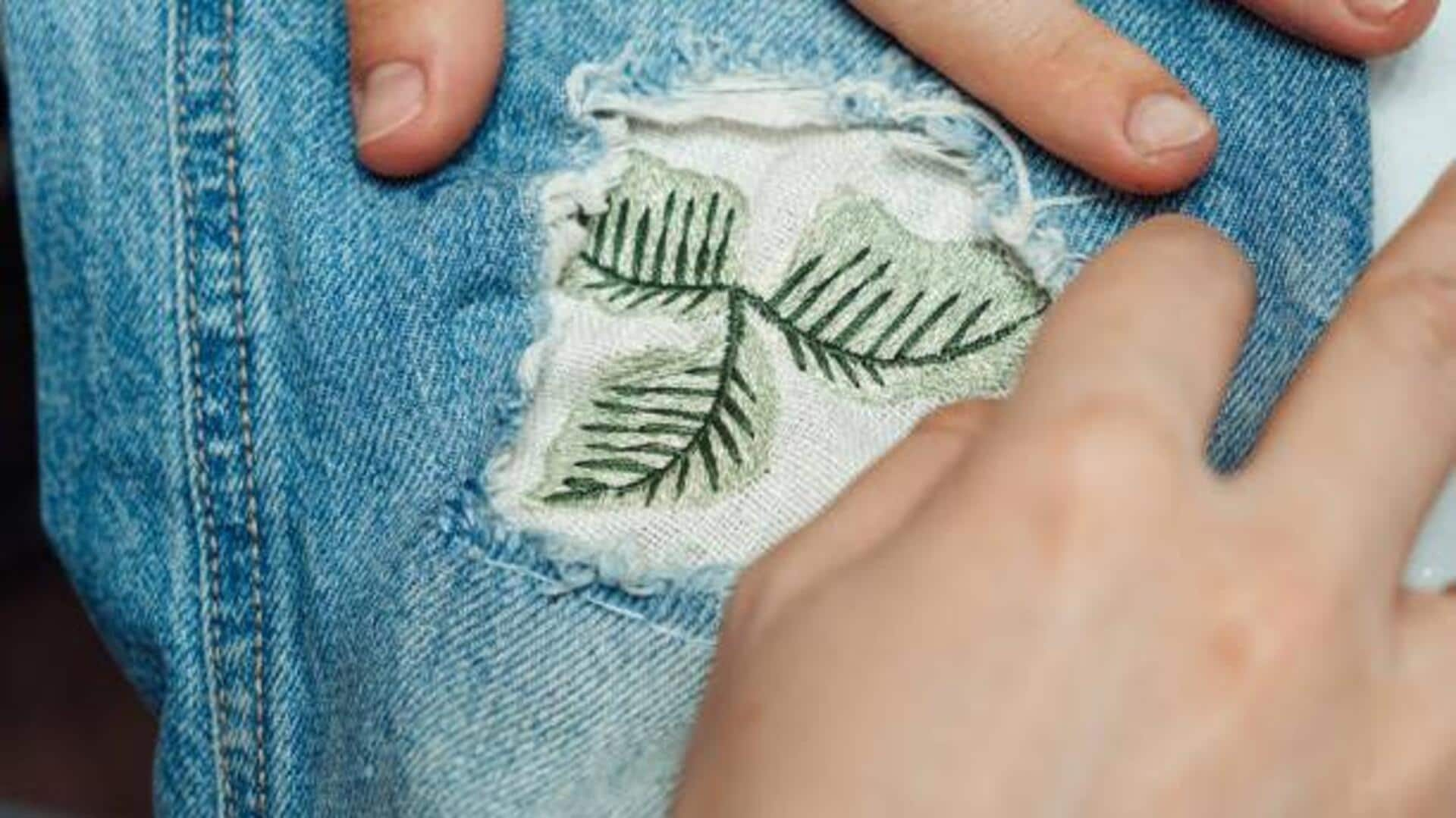
DIY embroidered patches: A fun way to upgrade your outfits
What's the story
DIY embroidered patches are a fun and creative way to personalize and spice up your clothing. These patches can turn your ordinary clothing into a unique fashion statement, giving you the opportunity to express your style. Whether you want to mask a small tear or simply want to add some pizzazz, embroidered patches are easy and cost-effective. With some basic materials and creativity, anyone can start making their own custom designs.
Fabric selection
Choosing the right fabric
Selecting the right fabric is essential to ensure that your embroidered patches last long. Cotton and denim are popular choices since they are sturdy and easy to embroider. You should also take the texture of the fabric into account; the smoother the surface, the easier it is for needles to pass through without snagging. You could also try a stabilizer to keep your patch's shape during embroidery.
Design ideas
Designing your patch
Creating a design that reflects your personality is key when making DIY patches. Start by sketching out ideas on paper before transferring them onto fabric. Simple shapes like stars or hearts are great for beginners, while more intricate designs may require additional planning. Consider incorporating elements like initials or symbols that hold personal significance.
Stitching methods
Embroidery techniques
Mastering basic embroidery stitches is important to make quality patches. The backstitch, with its clean lines, is ideal for outlines. Meanwhile the satin stitch gives a smooth fill for bigger areas. To give your design some depth and fun, try different thread colors and thicknesses. This way you can create unique textures and effects in your patchwork, making your DIY project even prettier.
Application process
Attaching your patch
Once you're done with your patch, attach it securely for longevity on clothing items. Sewing by hand with a needle and thread allows for precise placement but demands patience and skill. Alternatively, iron-on adhesive backing simplifies the application by fusing the patch directly onto fabric with heat from an iron—perfect for those looking for quick results without sewing skills required.